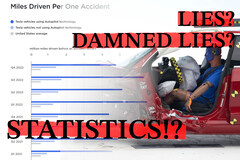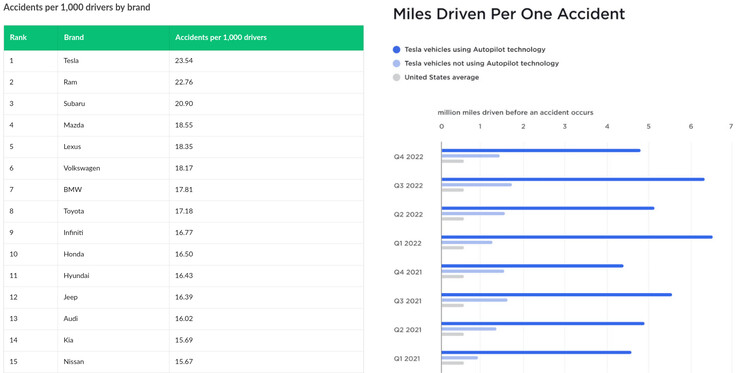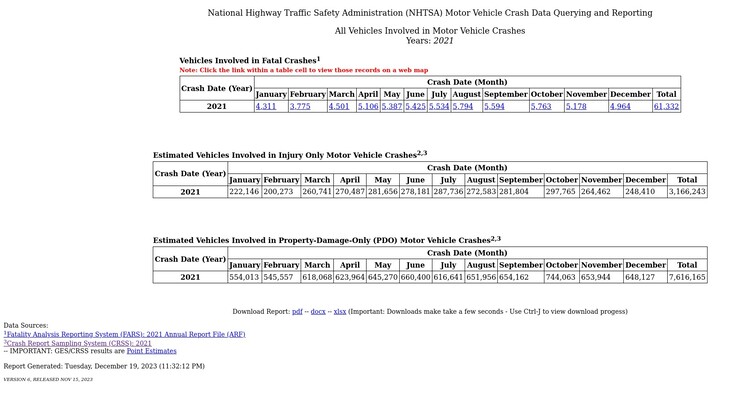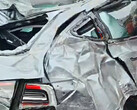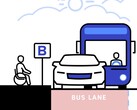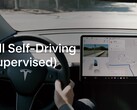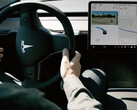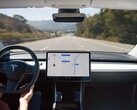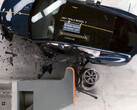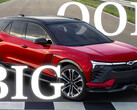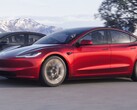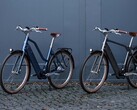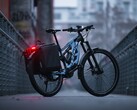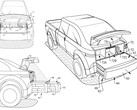Tesla has a long-standing public reputation for producing safe EVs. Not only do its cars often end up winning IIHS Top Safety Picks, but there have been a few cases where its occupants have escaped from some pretty gruelling accidents. If Tesla's data is to be believed, its cars are involved in fewer accidents than most other brands on the road, with or without Autopilot and other ADAS features active.
A recent study conducted by insurance provider LendingTree challenges Tesla's safety claims, with its data finding that Tesla drivers were in accidents more frequently than any other car manufacturer. According to the study, there were 23.54 accidents per 1,000 Tesla drivers between November 14, 2022 and November 14, 2023.
While this is only slightly higher than other common brands, like Ram, at 22.76 per 1,000 drivers, and BMW and Toyota, at 17.81 and 17.18 accidents per 1,000 drivers, respectively, it's far above the 15.15 average in the data set. The researchers recorded any incident that resulted in an insurance claim being filed, and doesn't distinguish between mild fender benders and more serious crashes.
The company doesn't provide any concrete insights into what may be causing the high rates of accidents, although it does speculate that certain brands are more likely to attract specific types of driver. The logic is that you're more likely to see a sports car drifting around corners than your average soccer mom in a minivan.
Tesla's self-reported accident data appears to be designed to promote Autopilot safety
Since 2019, Tesla has routinely published self-reported safety data - although it abruptly stopped at the end of 2022 - comparing the number of accidents per millions of miles driven by its own vehicles with and without Autopilot to the US average. The issue with the data Tesla provides is that it doesn't count all incidents, unlike the study conducted by LendingTree.
Instead, Tesla's safety data only records incidents where the airbags or other safety equipment deployed. Fortunately, Tesla's data does count Autopilot as enabled before the collision in those scenarios where it gave control back to the driver a second before impact. As long as Autopilot was enabled five seconds before the collision or less, it is counted as active during the collision, so there's no concern that its data is flawed in this regard.
Tesla, however, compares the crash data to data provided by the NHTSA (National Highway Traffic Safety Administration), which calculates its collision rate based on the number of incidents reported by police. The NHTSA's Fatality and Injury Reporting System Tool (FIRST), reports an estimated total of 10,843,740 crashes in 2021.
However, only 2,698,338 crashes in 2021 resulted in at least one vehicle being towed - a requirement that more or less lines up with Tesla's criteria of airbags and other safety features deploying.
This difference in reporting methodology, combined with Tesla's comparison between its data and the NHTSA data - which are reporting based on different criteria - paints a rosy picture of Tesla's safety record and explains the discrepancy between Tesla's claims and the results of the LendingTree study.
Are Teslas safer?
The discrepancy between Tesla's reporting and the LendingTree study doesn't necessarily mean that Tesla is misleading the public with its Autopilot safety report or that Tesla drivers are bad drivers. After all, even the NHTSA acknowledges that high-speed collisions - the kind that would trigger airbags and result in vehicles being towed - are of most import to road users. In this regard, the data that Tesla collects and reports makes a lot of sense.
However, the LendingTree data does seem to indicate that Tesla owners are more likely to be in any sort of accident, although Tesla's data argues that its EVs are involved in fewer severe accidents than other car brands.
Get some Farmogo Tesla logo puddle lights for your Tesla Model 3/S/Y/X on Amazon or read about the development of the Tesla Cybertruck in Walter Isaacson's biography of Elon Musk, also on Amazon.


 Deutsch
Deutsch English
English Español
Español Français
Français Italiano
Italiano Nederlands
Nederlands Polski
Polski Português
Português Русский
Русский Türkçe
Türkçe Svenska
Svenska Chinese
Chinese Magyar
Magyar